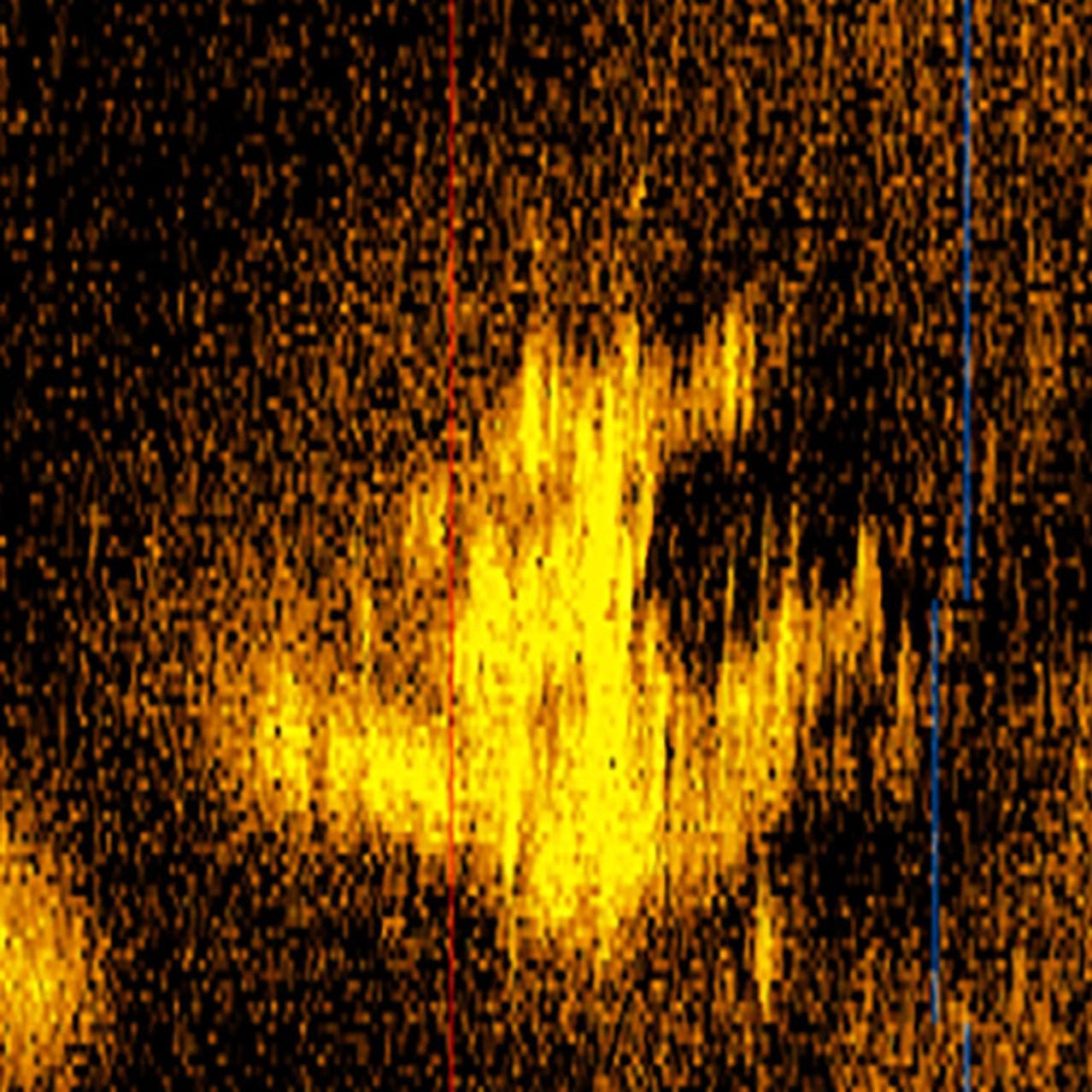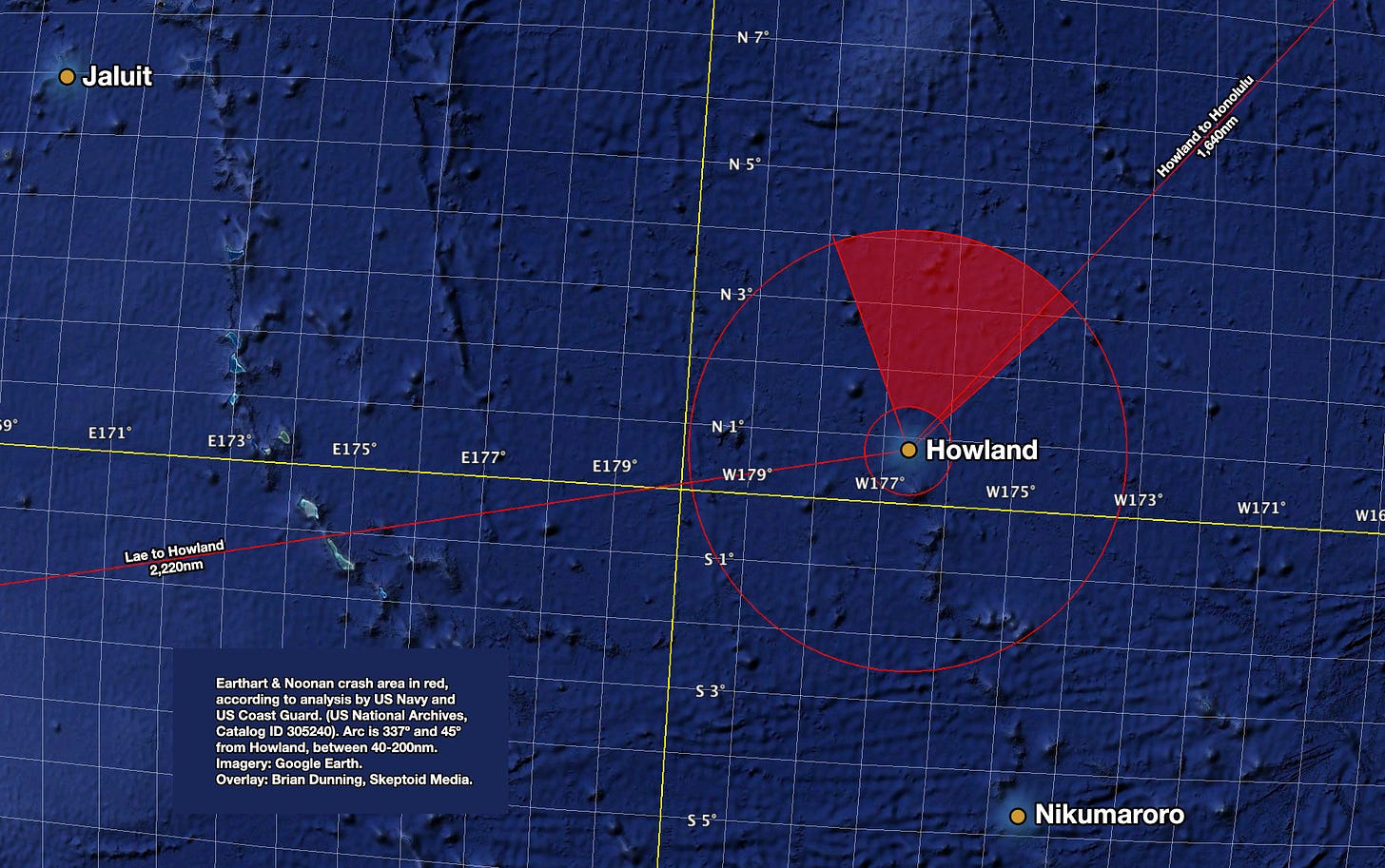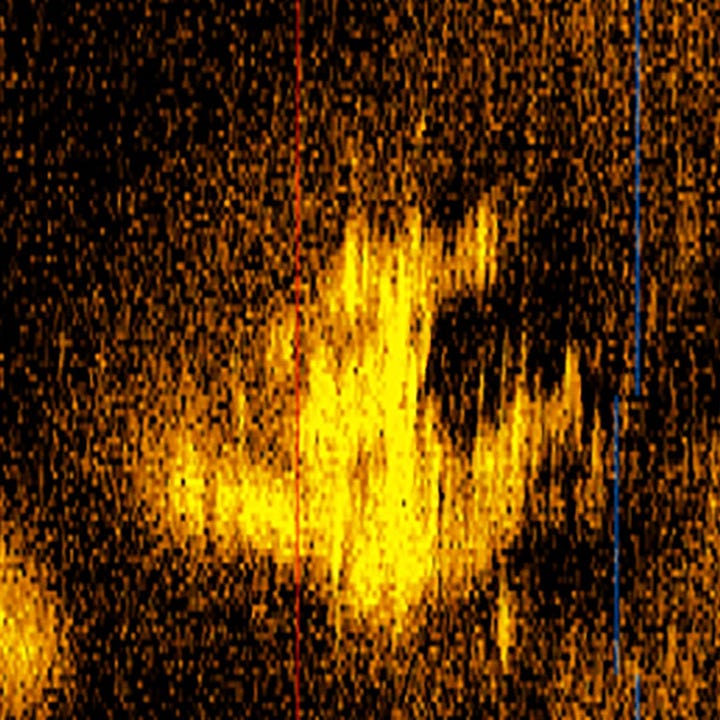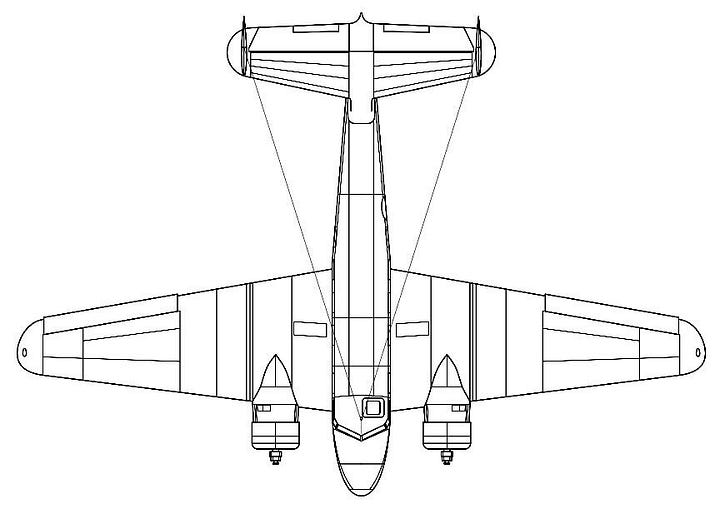I remain very guarded about the new Amelia Earhart news, and here's why.
A new sonar image shows something. Maybe a plane. It's in the right place, but there are still reasons to be cautious.
Thanks for checking out my newsletter about separating fact from bullshit in pop culture (and there’s been a lot of bullshit published about Amelia Earhart, which sickens me). Monday editions are always free to all; Tuesdays and Thursdays are for paid subscribers only. Thanks to all of you who make this publication possible.
The world’s press has widely been reporting over the weekend that Tony Romeo, a property investor, has taken a sonar image of what could be Amelia Earhart’s plane at the bottom of the ocean. If you follow me, you know I've written extensively on the circumstances of her crash that put the plane its probable resting place off Howland Island, and on the several false alternate history claims that TV pseudohistory networks have aggressively promoted over the recent decades. (These include that she flew to a different island and lived as a castaway, and that she was captured by the Japanese.)

The biggest secret of the Amelia Earhart mystery is that there is no mystery, and never has been. The USCG Itasca was on station at Howland and in partial radio contact with Earhart when she and Fred Noonan ran out of fuel and ditched after having slightly overshot the island in the dawn lighting conditions. The USN and USCG analyzed their data and identified this area as where the plane went down:

Whether they were able to make a safe water landing and use their life raft, or whether they were injured or killed on impact, is of course unknown. Those are among the questions that may be answered if we ever find the plane.
So the best news about Tony Romeo’s find is that he’s looking in the right place, unlike the TV networks and the random crackpots whose claims they promote. Romeo hasn’t divulged the exact location, for obvious reasons; but his location has the endorsement of Dorothy Cochrane, a curator in the aeronautics department of the Smithsonian Institution’s National Air and Space Museum. She knows where the USN and USCG have said where the plane is, so that tells me Romeo is probably right.

Here is a comparison of Romeo’s low-resolution sidescan sonar image against Wikipedia’s line art of the Lockheed 10E Electra:


I am not super gung-ho about the image. Yes, it is vaguely airplane-shaped (though not a great match for the Lockheed Electra). It’s also vaguely anchor-shaped, or the shape of most any random pile of rocks on the ocean floor — you can see at the bottom left of the image there’s another object right next to it, which would be improbable if this was indeed a lone aircraft sitting on the ocean floor. It could be anything. It’s probably interesting enough to take a higher resolution sweep, but I wouldn’t go any farther than that — though I’m certainly as hopeful as anyone.
Sidescan sonar uses a low frequency with low resolution to quickly sweep large areas of the ocean floor; and to get a sharper image, it uses higher frequency sonar and is limited to a much smaller area. Here is a pretty good high resolution picture of a B-25 bomber that sank during WWII (this was taken in 2017):

One piece of good news for Romeo’s search is that there are probably very few other planes anywhere near Howland. An airstrip was built on Howland in the 1930s in anticipation of commercial trans-Pacific flights, but Earhart was going to be the first to actually use it. During the war it was bombed by the Japanese to prevent its use, and that’s the extent of its aviation history. None of the WWII air-sea battles were fought in the vicinity, and it’s much too remote for general aviation planes to ever go near.
So if we get better imaging of Romeo’s target and it looks as good as that B-25 or better, and is unambiguously a twin-engine aircraft with the configuration of a Lockheed Electra, that’s when I would bet money it is Amelia Earhart’s.
Another way to find it would be by the combustion chambers on its engines. The Electra rolled two Pratt & Whitney R-985 Wasp Junior radial engines. Each had nine cylinders, and it’s likely that most or all of those eighteen cylinders are more or less intact. Sonar at the right frequency to bounce off the interiors of those combustion chambers is probably the most reliable way to locate Amelia Earhart’s plane, though this would require an even higher frequency than high resolution sidescan sonar, and be limited to even a smaller search area. To my knowledge, nobody has used this high of a frequency, since nearly all commercially available sonar devices are optimized for other lower frequency applications like looking for mineral deposits.
The question of deterioration has been raised. The Electra was mostly aluminum and steel, similar to that B-25. We can see the B-25 has survived without severe degradation. The reason is the steel and aluminum are electrochemically pretty similar so, even when submerged in an electrolyte as effective as seawater, corrosion would be minimal (there have also been studies published of how aircraft from that era have weathered electrochemical degradation in the ocean). If the Electra had been built of other metals, say aluminum and titanium, there wouldn’t be anything left but free atoms floating around.
So we can expect the Electra to probably be in decent condition. I’m doubtful it would be strong enough to raise, but we can’t really know unless and until we find it.
Bottom line: I’m hopeful, but extremely cautious. I’m delighted to find money being spent on this in the right way, doing the right kind of search. That’s important, as I note in the closing of one of my shows on Earhart:
Amelia Earhart was one of our great representatives of women achieving excellence in STEM (science, technology, engineering, and math). She was a pioneer and a role model in every way. But the image we have of her today is profoundly clouded by these false histories and conspiracy theories cloaked upon her by these television networks. They do a great disservice not only to her memory and to her legacy, but to today's young women whom she might otherwise be inspiring.
Amelia Earhart was 39 years old. She served as a nurse during World War I, was awarded the Distinguished Flying Cross, and held numerous speed, solo, and nonstop flight records.




My first reaction was that it looks more like a F86 Sabre, MIG or other like swept wing aircraft. I guess ditching could turn an aircraft into a swept wing variety. But like you, I look forward to the results of a closer investigation. Thank you.
I don't know why this didn't occur to me sooner but twin tail and swept wing only one answer... F-14 Tomcat.... One was lost in the area after flying out of range of it's base and being unable to refuel...